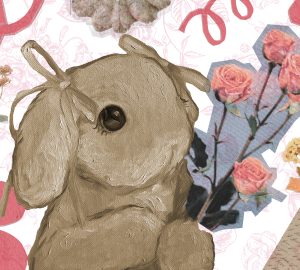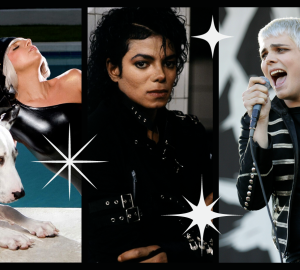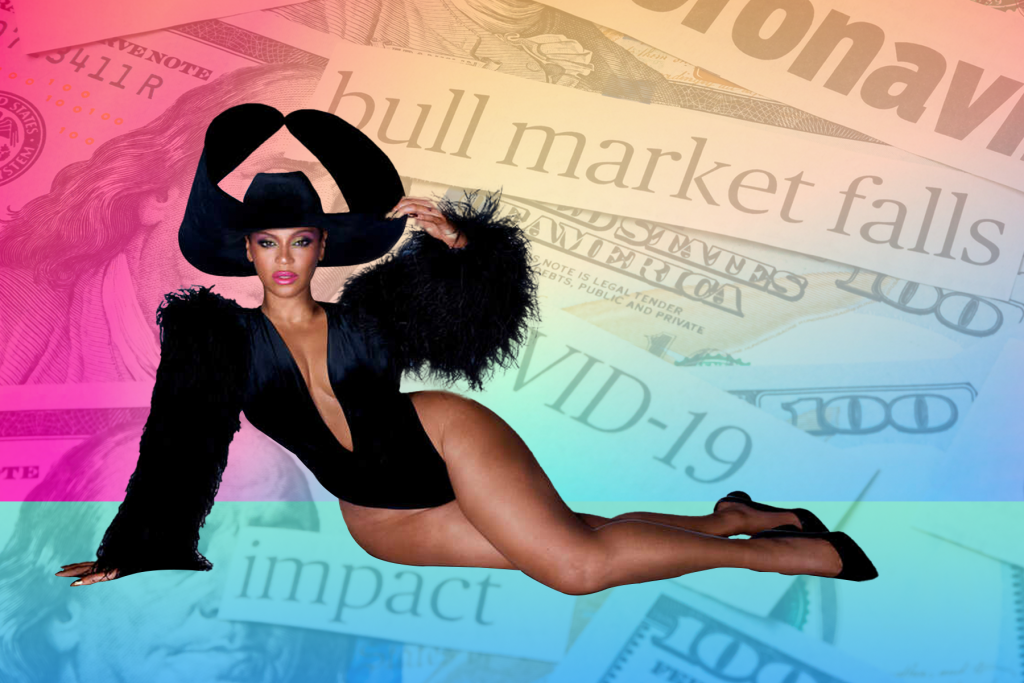
So Beyonce Brought us Christmas in July
After a long hiatus filled with lounging, being a mom, and generally doing Beyonce things, Mrs. Carter dropped her long-anticipated seventh studio album “Renaissance.” As per usual, the album combines her signature Queen Bee signifiers, as well as a flurry of inspirations all stemming from the same genre. This time it’s House (or the thing gay people dance to at three in the morning).
how I sleep at night knowing that Beyoncé hasn’t released any visuals for renaissance pic.twitter.com/TzCPQlIg7x
— jasmine (@jasiashley) September 24, 2022
On one hand, this is perfect. Beyonce takes samples from the historical queer artists, queer communities feel heard and seen. On the other hand, House for years now has become one of the earliest bad omens of economic distress. To the point, that trend followers are trained to expect its arrival the second inflation is around the corner. But why is this, and how did it come to be?
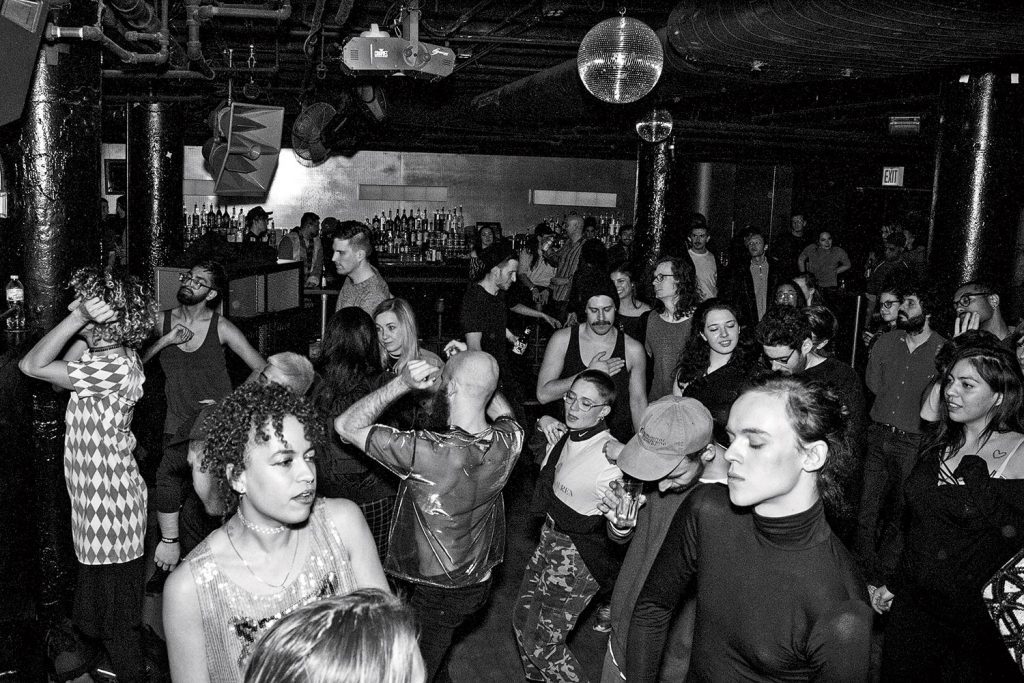
The Herstory of House
Starting off as a BIPOC blend of disco and dance, House slowly emerged in the underground scenes of America in the early 80s. We first saw it prop up in Chicago, and slowly make its way into almost all LGBTQ+ scenes from 1980-1984. During this period, America was experiencing one of its worse recessions due to the energy crisis of 1979. As time went on, London and Germany took a huge liking to the genre and began to mix it with electro pop and dance mixes native to their areas. Two areas that experienced their own recessions around the late 80s and early 90s. Are we noticing a trend yet? For a while, House stayed relatively underground, but not too long ago many up-and-coming pop stars made it somewhat mainstream.
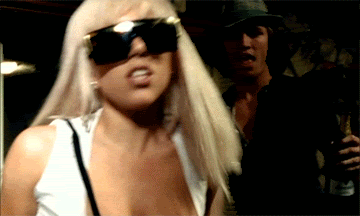
LeRoux, Lady Gaga, David Sinclair and Rihanna to name a few, but definitely not the only ones to explore the genre during this period. Do you know what year all these artists skyrocketed? 2008… yeah, that 2008.
Which leads us to today. Artists like Charlie XCX, 100 Gecs, Kim Petras and SOPHIE have all been able to make mainstream success, with even Lady Gaga making a return to the form in 2020. We already mentioned Beyonce, but Drake also released a House album days apart from her. Other famous artists such as Megan Thee Stallion, Elton John, Sam Smith and Lizzo are all currently releasing music whose sounds can be traced back to early House. And wouldn’t you guess it, multiple media publications came out to report America entered a recession during the summer of 2022. It’s literally clockwork at this point.
Interesting Story, But…
But why is this? The answer is quite simple really. People like to dance. And this group of people who were originally the trendsetters of this music were under extreme social and financial attack who wanted to use the few dollars they did have to seek escape. And so, it’s no surprise that House showcases quickly became their oasis. And the same thing can be said for the young people of 2008. Other artists who were huge at this time include Katy Perry, The Pussycat Dolls, Pink and Madonna. And around the corner were Kesha and LMFAO. All musicians who used bright artificial aesthetics to symbolize releasing your inhibitions and going crazy on the dance floor.
*trying to blend in at the gay bar* I love terrible music
— DPRK Youngboy 🇰🇵 (@GayRetard88) September 24, 2022
It’s definitely true that our House nowadays is a lot grittier and more grounded than in the late 2000s. A lot of it more directly references economic anxieties. Look to Beyonce’s line “release ya job, release your mind” in the song titled “BREAK MY SOUL.” But it’s the mindset that brought us here that is similar. If we are going to enter another recession, we’re going to dance through it, listen to good music and leave every negative thought at the door. In this sense, the genre almost serves as rebellion against a system that brought you here in the first place. And if there’s one thing internet tastemakers love, it’s rebellion. Only time will tell when we move on, and more importantly, when House albums will pop up in history again.





